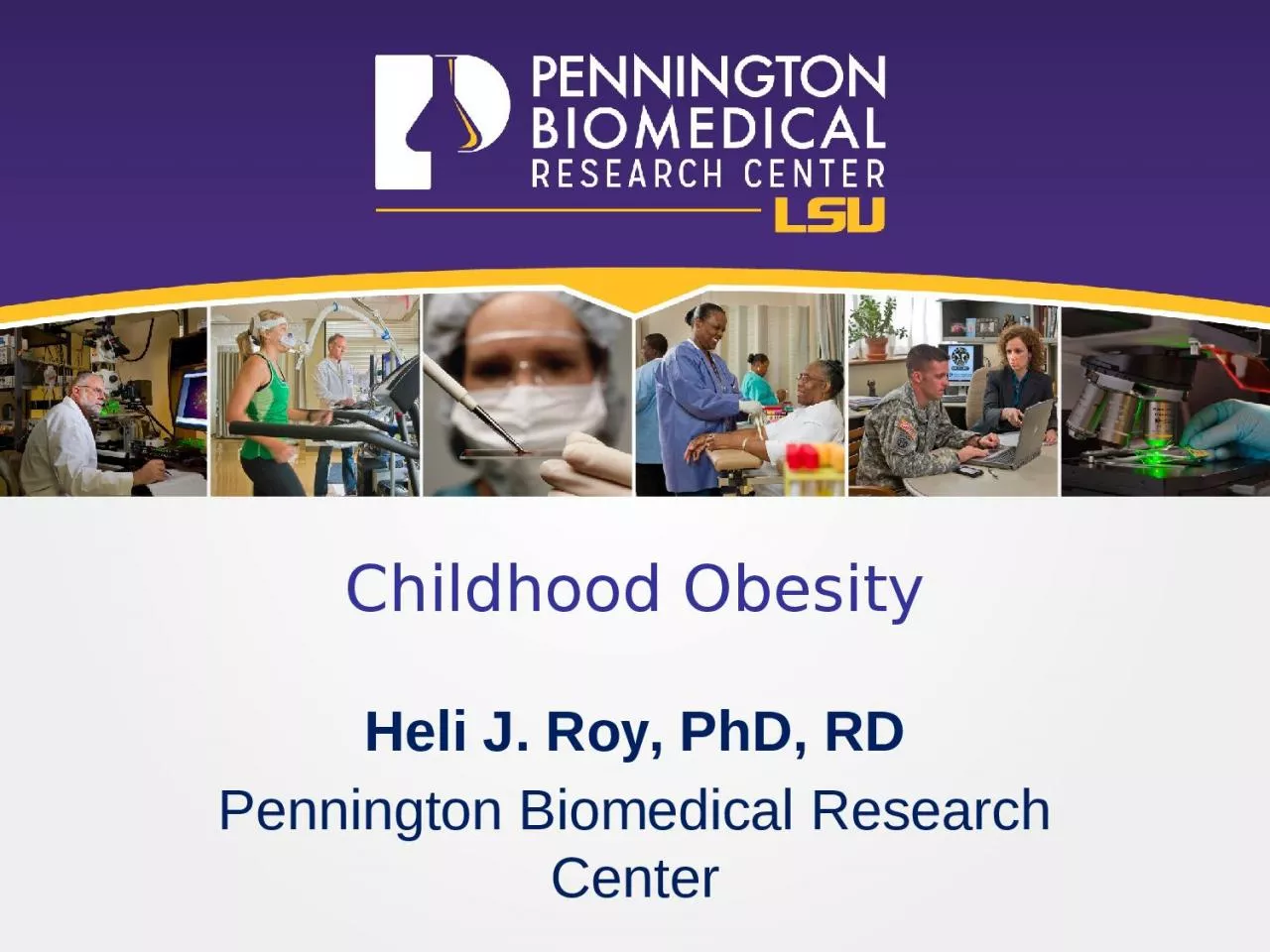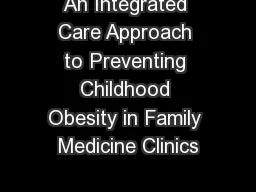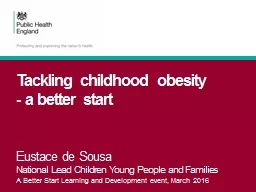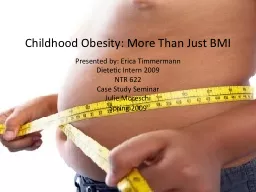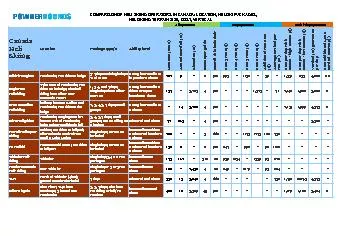PPT-Childhood Obesity Heli J. Roy, PhD, RD
Author : ChubbyBunny | Published Date : 2022-08-01
Pennington Biomedical Research Center 362015 2 Childhood obesity rates Childhood obesity rates have doubled in the US over the last 30 years The distribution of
Presentation Embed Code
Download Presentation
Download Presentation The PPT/PDF document "Childhood Obesity Heli J. Roy, PhD, RD" is the property of its rightful owner. Permission is granted to download and print the materials on this website for personal, non-commercial use only, and to display it on your personal computer provided you do not modify the materials and that you retain all copyright notices contained in the materials. By downloading content from our website, you accept the terms of this agreement.
Childhood Obesity Heli J. Roy, PhD, RD: Transcript
Download Rules Of Document
"Childhood Obesity Heli J. Roy, PhD, RD"The content belongs to its owner. You may download and print it for personal use, without modification, and keep all copyright notices. By downloading, you agree to these terms.
Related Documents

